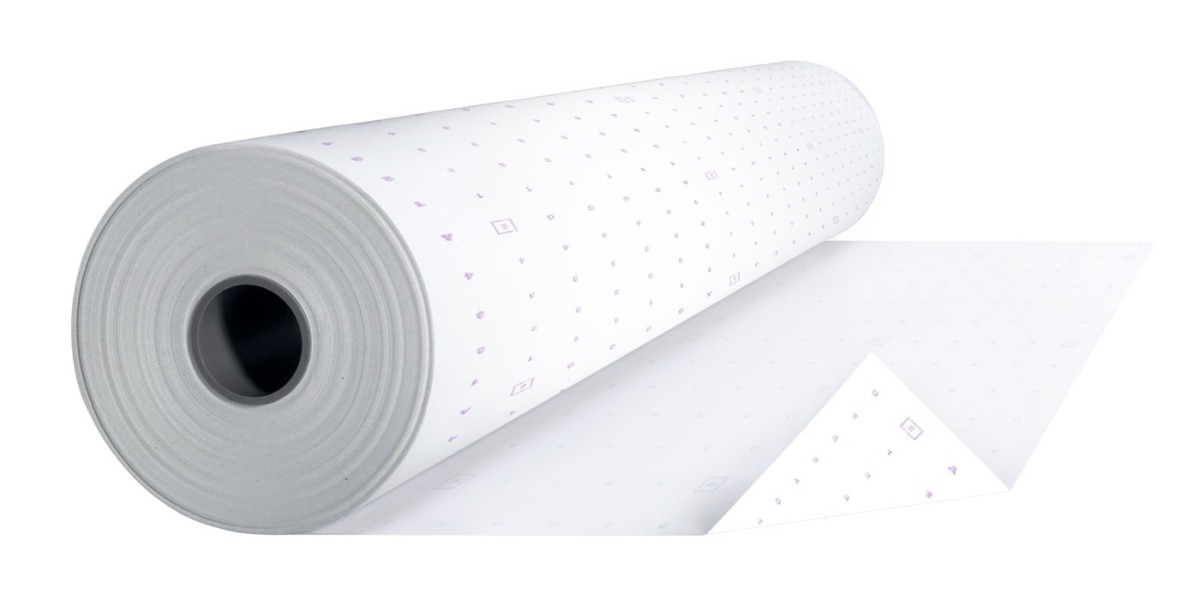Functionality and branding find a careful, balanced place in the packaging field. In food service, pharmaceutical products, and retail, this is achieved by wisely employing custom heat-seal paper. In addition to making sure products are sealed safely, this specialized material gives a platform for personalization and branding. Even so, the quality of heat-seal paper differs from one type to another.
Selecting the correct packaging solution can greatly improve the product’s protection, freshness and reputation among customers. It’s important to know your choices if you’re interested in making packaging easier, wasting less and gaining better recognition for your brand.
Learning about Heat-Sealable Paper
Heat sealable paper has been created to create a solid seal once heated and pressed together. Heat-activated polyethylene or wax is commonly used as an adhesive on labels. As a result, every container has an airtight closure that can’t be opened again which is perfect for products that perish fast. When applied to sandwiches or small parts, heat-sealable paper adds both safety and convenience. Getting the right base and coating for your paper is the best way to use this technology effectively.
What Heat Seal Paper Can Do?
Custom heat seal paper offers more than package sealing; it helps make the experience for the customer better. With the help of custom sizing, coatings, and printing, businesses make packaging that matches their brand and how they work. As an example, custom-printed heat-seal paper allows companies to show their logos, product details, and marketing images directly on the paper. As a result, businesses become more professional and their brand is remembered by customers when they contact them. Furthermore, whether the heat seal layer can be customized for the machinery, it becomes easier and more efficient to produce.
Rolls & Sheets
Companies need to choose between using heat-seal paper rolls or heat-seal paper sheets as their first choice. Rolls are perfect for packaging a large volume of products using automatic equipment. They don’t require you to change papers as often, so they reduce downtime costs and are often found to be cheaper when used in bulk. Alternatively, sheets are simple to use and can be employed in manual or semi-automatic procedures. Most restaurants, bakeries, delis, and delis like to use sheets when individually wrapping sandwiches and baked items. The decision between rolls and sheets comes down to what you have for equipment and your usual ways of working.
Using for Branding
When there are many businesses, making your brand visual is important. Thanks to custom printed heat seal paper, businesses can use their logos, taglines and designs as part of the packaging. As a result, every package can help market a company, leaving a memorable mark on customers. Customized printing in a gourmet sandwich shop or an artisanal soap brand makes people notice the care that goes into them. Correct print must suit the heat seal layer so that the sealing of the label is seamless and clear.
Finding the Best Kind of Coating
Coatings must vary in response to different product needs. Wax prevents moisture and grease from affecting foods, so it is often chosen for baking and coating cheese. When stronger protection from air and water is necessary, polyethylene coatings are the first choice used in both plain heat-seal bags and custom-printed bags. A bad selection of coating can cause plastic items to leak, spoil or become stale sooner. Be sure the sealing material you pick goes well with your product and your chosen way of sealing.
Food Packaging Purposes
When it comes to food, safety and compliance must always be enforced. This type of paper needs to comply with FDA standards and shouldn’t include chemicals that could be dangerous. You will usually find the paper inside fast food bags, sandwich wrappers, or pouches for dry foods. The package must keep the food safe, fight against germs, be aseptic, and prevent loss of flavor during handling or delivery. Wholesale purchases of heat-seal paper help food service providers save money and keep packaging safe and neat.
Non-Food Purposes
Food packaging is well known for using heat-sealable paper, but it’s also good for many non-food uses. Customers use it to seal envelopes, wrap their medicine, and for tamper-evident pouches in the cosmetics industry. For these purposes, sometimes the paper should resist UV rays, moisture, reagents, or particular chemicals. Sealing both powdered supplements and small hardware parts depends on choosing a flexible paper that seals well and is easy to print on.
Wholesale Prices
Many companies make cost a priority when handling a high volume of packaging. When you buy custom tissue paper wholesale, you pay less per batch, and your batches will be more consistent. You can also get volume savings and arrange your papers with tailored dimensions and coatings with different suppliers. It is especially important to find a supplier who can guide you and handle technical issues, if your application involves fast equipment or rigorous compliance standards.
Final Thought
Deciding on custom heat-seal paper requires real strategy, rather than just technical considerations. It shapes matters like how safe products are, how things are done, how customers feel about the company, and the loyalty they show the brand. Changing how heavy the paper is, its coating, the kind of print used, and the format you pick all make a noticeable difference when using packaging for artisan food, pharmaceutical products, or electronics. Quality packaging can give you confidence as you seal your products and show the high standard found within.







